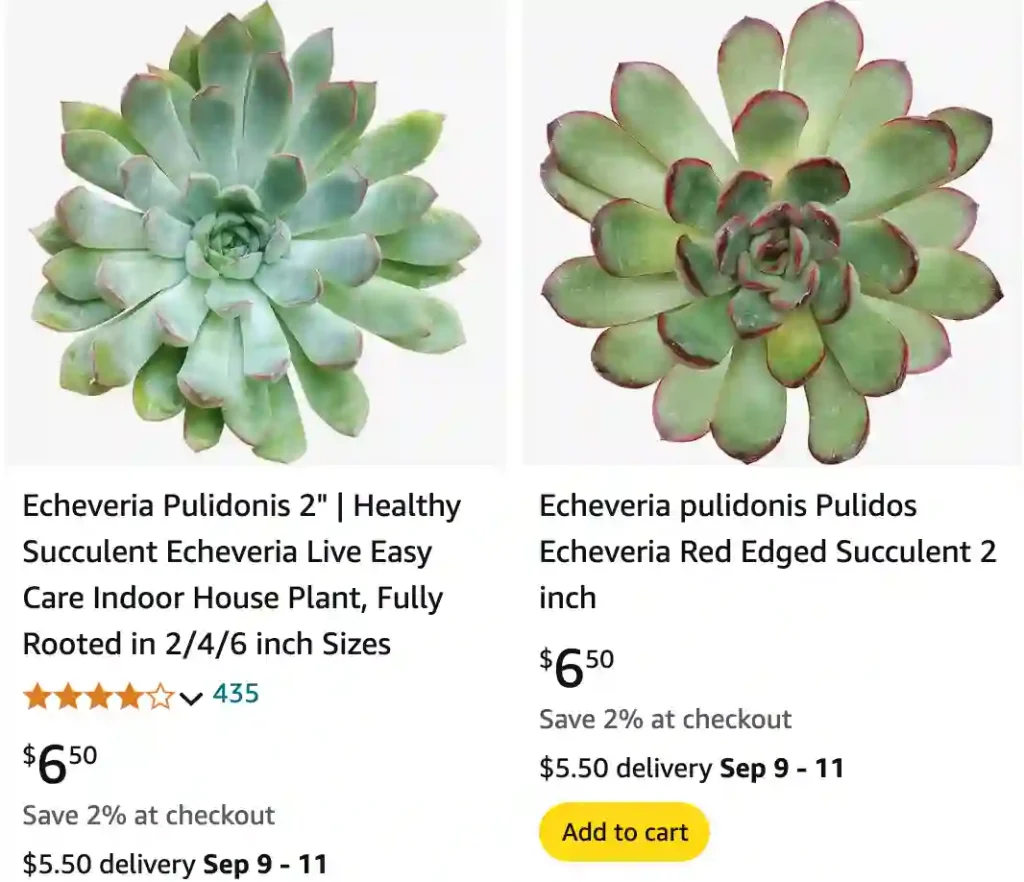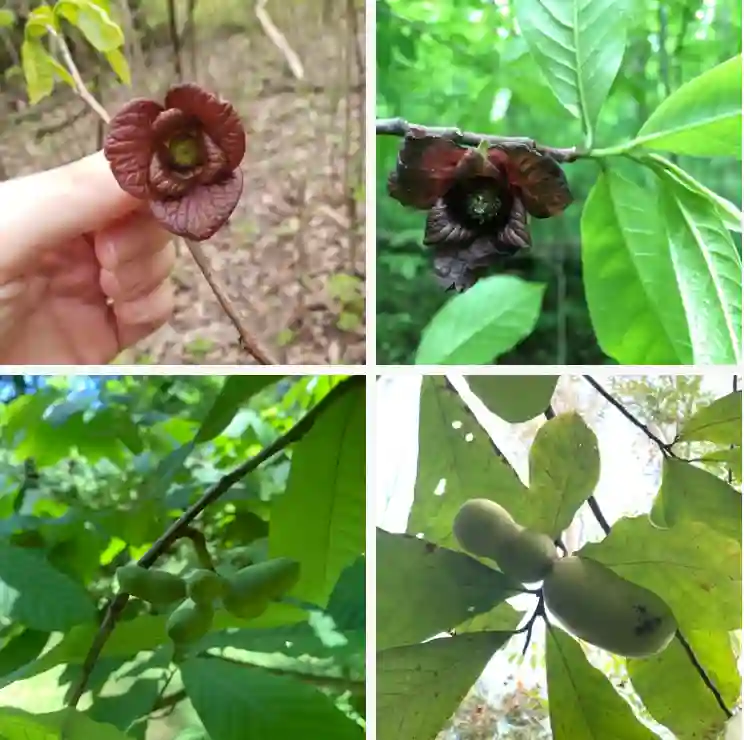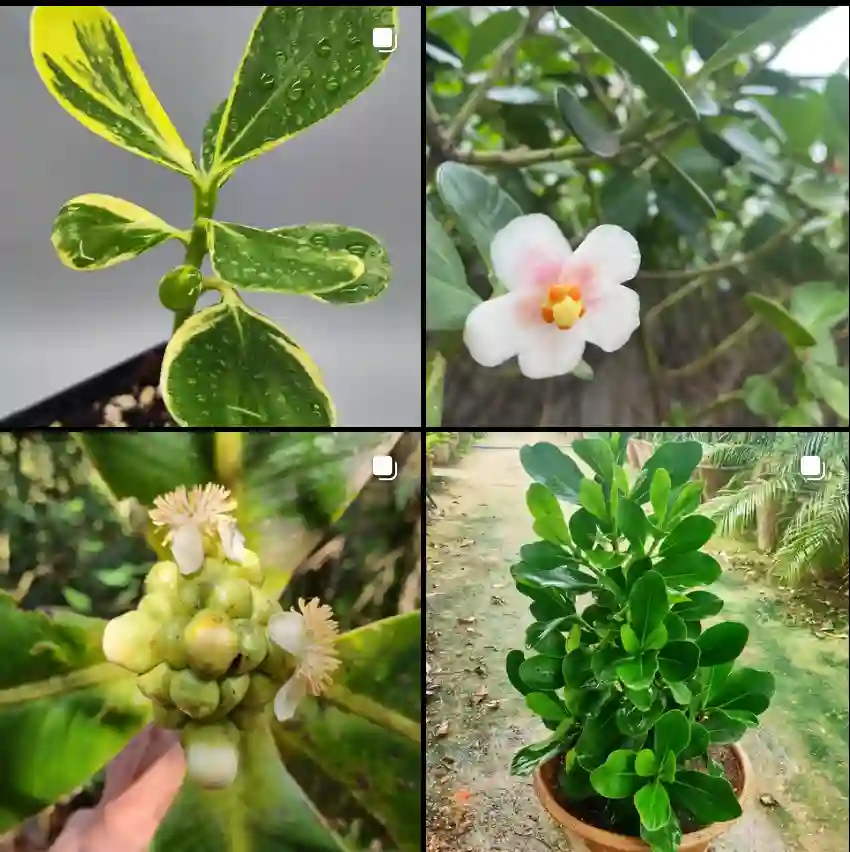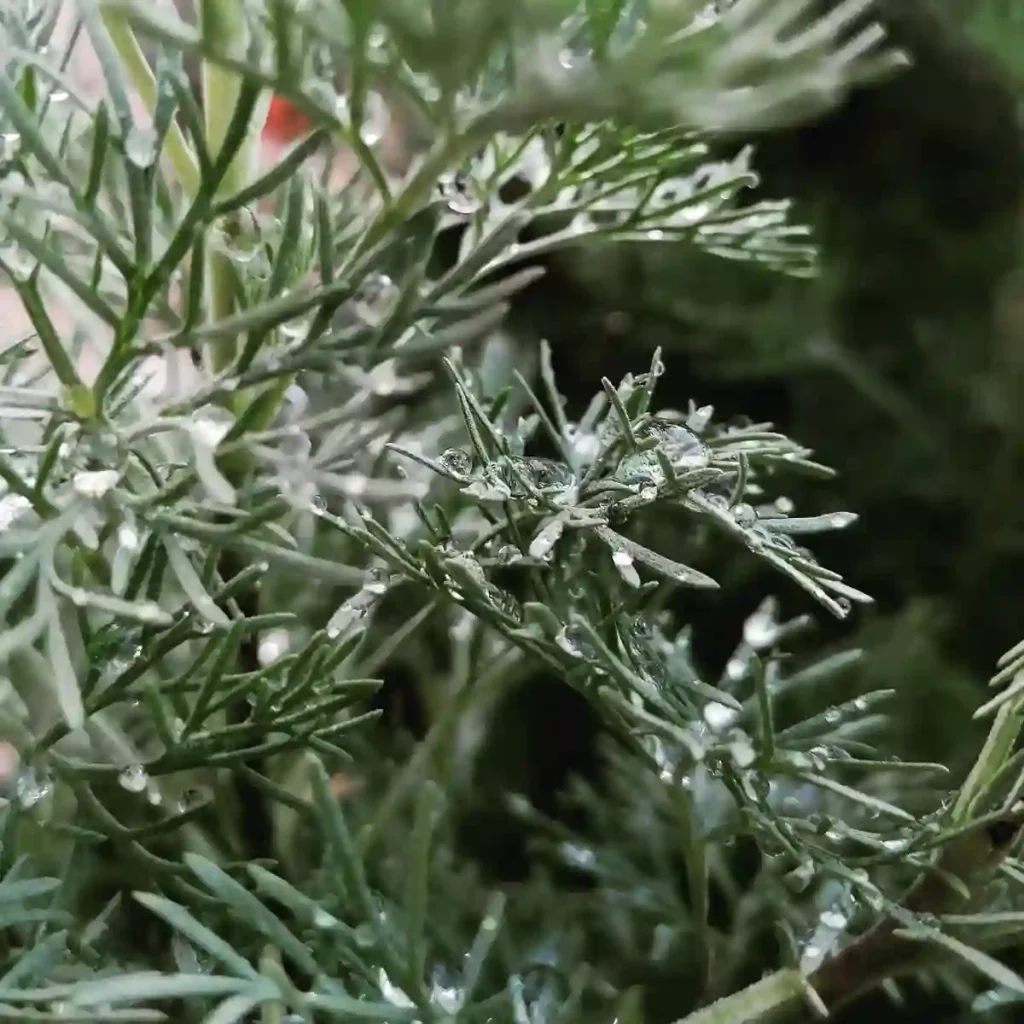
FAQs About Echeveria Pulidonis
Echeveria Pulidonis is one of those charming succulent varieties that can make any collection stand out. With its rosette shape and distinctive pastel hues, it’s no wonder many of us fall for its beauty. Having had my fair share of experience with Echeveria Pulidonis, I’ve gathered some key insights that might help you if you’re considering adding this succulent to your plant family.
202 Species in Genus Echeveria
How Often to Water Echeveria Pulidonis?
One of the most frequent questions about Echeveria Pulidonis is, “How often should I water it?” This succulent, like many others, thrives on minimal water. Overwatering is the quickest way to endanger your plant. I typically water my Echeveria Pulidonis every two to three weeks. During the winter months, when the plant is in its dormant phase, you can extend this to once a month.
The key is to let the soil dry out completely between waterings. Echeveria Pulidonis is adapted to arid conditions and prefers a dry environment. If the soil remains damp, you risk root rot, which is a common problem with succulents. Always check the soil moisture with your finger before watering. If the top inch of the soil is dry, it’s time to water.
How to Propagate Echeveria Pulidonis?
Propagating Echeveria Pulidonis is one of the most rewarding aspects of growing this succulent. You can propagate it from offsets or leaves. Here’s a step-by-step guide based on my own experience:
- Offsets: Echeveria Pulidonis produces offsets or “pups” that you can separate from the parent plant. Gently pull or cut the offset from the main plant. Allow the offset to dry out for a few days before planting it in well-draining soil.
- Leaves: To propagate from leaves, gently twist a healthy leaf from the main plant. Let the leaf dry out for a couple of days until a callous forms over the cut end. Place the leaf on a soil surface, mist it occasionally, and wait for roots to develop. Once roots are established, you can transplant the new rosette into a pot.
How to Take Care of Echeveria Pulidonis?
Taking care of Echeveria Pulidonis involves a few essential practices. Here’s a quick rundown based on my own care routine:
- Light: This succulent loves bright, indirect sunlight. A south-facing window is ideal. It can tolerate some direct sunlight but be cautious of intense, midday sun which might scorch its leaves.
- Soil: Use a well-draining succulent or cactus mix. You can also add perlite or pumice to regular potting soil to enhance drainage.
- Temperature: Echeveria Pulidonis prefers temperatures between 65-80°F (18-27°C). It’s not frost-tolerant, so keep it in a warmer environment or bring it indoors during cold spells.
- Fertilization: Feed it with a balanced, diluted succulent fertilizer during the growing season (spring and summer). Avoid over-fertilizing as it can lead to excessive growth and weakened plant structure.
What to Plant With Echeveria Pulidonis?
If you’re creating a succulent garden or a mixed container, Echeveria Pulidonis pairs well with other succulents like Aloe Vera, Haworthia, and Sedum. Their similar care requirements and contrasting textures make for an attractive display. When planting with other succulents, ensure all plants have similar water and light needs to avoid issues.
Can You Grow Echeveria Pulidonis Indoors?
Yes, Echeveria Pulidonis can be grown indoors. In fact, many of us cultivate it as a houseplant. Just ensure it gets plenty of bright, indirect sunlight. A south-facing windowsill is ideal. If natural light is insufficient, consider using grow lights to supplement.
Is Echeveria Pulidonis Toxic?
Echeveria Pulidonis is non-toxic to humans and pets, which is great news if you have curious animals or young children around. It’s always good practice to keep plants out of reach of pets just in case, but you can rest easy knowing this one isn’t harmful.
Common Problems with Echeveria Pulidonis
Some common issues I’ve encountered with Echeveria Pulidonis include:
- Overwatering: This is the most common problem and leads to root rot. Ensure proper drainage and let the soil dry completely between waterings.
- Sunburn: Too much direct sunlight can cause the leaves to become scorched. Provide bright but indirect light.
- Pest Infestations: Watch out for mealybugs and spider mites, which can sometimes plague succulents. Regular inspections and appropriate treatments can help manage these pests.
Comparison with Similar Succulents
Echeveria Pulidonis is often compared to Echeveria ‘Lola’ due to its similar rosette shape and color. However, Pulidonis tends to have a more compact form and a slightly different hue. It’s also worth noting that Pulidonis can be more tolerant of varying light conditions compared to some other Echeveria varieties.
Echeveria Pulidonis is a delightful succulent that adds a touch of elegance to any plant collection. With the right care, it’s a resilient and beautiful plant that can thrive indoors or out. I hope these insights help you keep your Echeveria Pulidonis looking its best!
If i die, water my plants!



